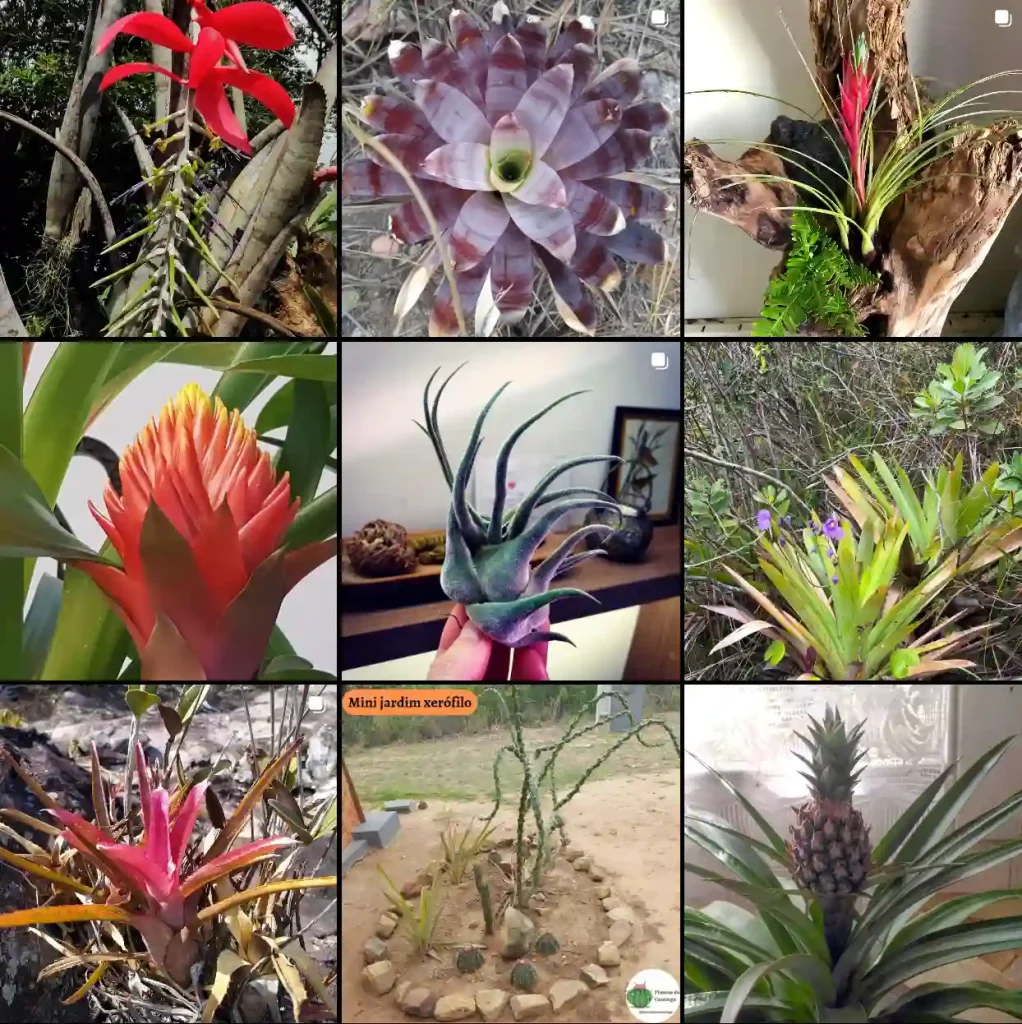What Is Carya Glabra?
Carya Glabra, commonly known as the Pignut Hickory, is a deciduous tree native to North America. It typically grows in hardwood forests, reaching heights of up to 80 feet. With its distinctive shaggy bark and pinnate leaves, it’s an attractive tree for those who appreciate native flora. The Pignut Hickory produces a small, edible nut that is encased in a hard shell, which is why it’s named after the pig-like taste of the nut.
28 Species in Genus Carya
How to Care for Carya Glabra?
Carya Glabra thrives in well-drained soils and full sun but can tolerate partial shade. It’s relatively low-maintenance, but there are a few key points to ensure its health. Water the tree during dry spells, especially in its first few years, to establish a strong root system. Pruning is minimal; however, removing dead or damaged branches will help maintain its shape and vigor. Fertilizing in early spring can boost growth, especially if the soil is poor in nutrients.
How to Propagate Carya Glabra?
Propagating Carya Glabra is most commonly done through seeds. Collect the nuts in autumn and store them in a cool, dry place until spring. Before planting, stratify the seeds by chilling them in a refrigerator for 2 to 3 months. Plant the seeds in well-drained soil and keep them moist but not waterlogged. Germination can be slow, so patience is key. Alternatively, you can propagate by grafting, but this method requires a bit more expertise.
What to Plant With Carya Glabra?
Carya Glabra pairs well with other native species, enhancing a naturalistic landscape. Consider planting it alongside trees like Quercus Alba (White Oak) or Acer Rubrum (Red Maple) to create a diverse woodland setting. Understory plants such as Viburnum or native ferns can complement its presence and provide additional habitat for wildlife.
Can You Grow Carya Glabra Indoors?
Unfortunately, Carya Glabra is not suited for indoor growth. It is a large tree that requires significant space and specific outdoor conditions to thrive. For indoor gardening, consider smaller, more manageable plants or trees that can adapt to indoor environments.
Is Carya Glabra Toxic?
Carya Glabra itself is not considered toxic to humans or pets. However, its nuts are very hard and could pose a choking hazard if ingested. Animals that eat the nuts might experience digestive issues, so it’s best to keep an eye on pets if they have access to the nuts.
Benefits of Carya Glabra
Carya Glabra offers several benefits. It is a robust tree that provides excellent shade, making it ideal for landscaping in large yards. The nuts are edible and can be used in cooking, though they are not as popular as other nuts. The tree also supports local wildlife, providing food and shelter for birds and insects. Additionally, its wood is valued for its strength and durability, making it useful in furniture and tool-making.
Common Problems with Carya Glabra
Like all plants, Carya Glabra is susceptible to certain issues. Pests such as the Hickory Shuckworm can damage the nuts, while diseases like Powdery Mildew may affect the foliage. Ensuring good air circulation around the tree and avoiding overhead watering can help mitigate these problems. Regular inspection and prompt treatment of any issues will keep the tree healthy.
Carya Glabra vs Carya Cordiformis
Carya Glabra is often compared to Carya Cordiformis, or the Bitternut Hickory. Both species are hickories, but they have distinct differences. Carya Cordiformis, as the name suggests, has heart-shaped leaflets, while Carya Glabra’s leaflets are more oval. The nuts of Carya Cordiformis are also thinner-shelled compared to the thick-shelled nuts of Carya Glabra. In terms of growth, Carya Glabra typically grows taller and has a more rugged appearance than the generally smaller Carya Cordiformis.
Compare with Other Similar Trees
When comparing Carya Glabra to other hickories or hardwood trees, it’s helpful to consider characteristics like size, nut type, and growth conditions. For instance, Carya Laciniosa (Shellbark Hickory) is another large hickory with a different nut structure and a more shaggy bark. In contrast, smaller trees like Carya Ovata (Shagbark Hickory) are valued for their unique bark texture and are often used in smaller landscapes.
In conclusion, Carya Glabra is a versatile and valuable tree for many landscapes. Its care requirements are straightforward, and its benefits extend from aesthetic appeal to practical uses. By understanding its needs and characteristics, you can successfully incorporate this native species into your garden or landscape.
If i die, water my plants!



